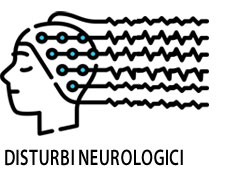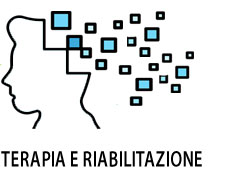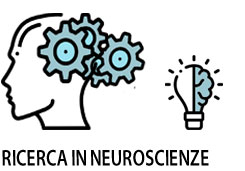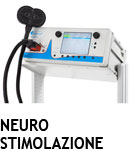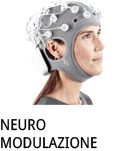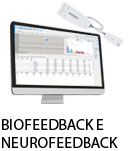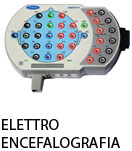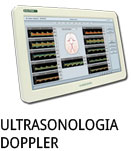- +39 011 5821948
- info@geasoluzioni.it
- Lun - Ven 8:00 - 17:00
Can transcranial direct current stimulation on the dorsolateral prefrontal cortex improves balance and functional mobility in Parkinson-s disease?
- Abstract:
- Transcranial direct current stimulation (tDCS) is a non-invasive brain stimulation technique increasingly explored for Parkinson's disease (PD). Although evidence is still inconsistent, there are preliminary findings suggesting its efficacy to improve motor function in individuals with PD, as the role of secondary motor areas remains unclear. The goal of this study was to investigate the effects of left dorsolateral prefrontal cortex (DLPFC) tDCS on balance and functional mobility of individuals with PD. Seventeen individuals with PD, on-medication, aged between 40 and 90 years were recruited to enroll in a double-blind, randomized, cross-over trial. Each participant completed two conditions at least 48h apart, namely anodal-tDCS and sham-tDCS (placebo). The a-tDCS condition targeted the left DLPC (F3) and was applied during 20min using a 2mA current intensity. In the sham-tDCS condition, electrode position remained the same but the stimulator was turned off after 30s. Functional mobility and balance were assessed using the Berg Balance Scale, Dynamic Gait Index and Timed Up and Go. There were significant differences between conditions on all outcome measures, as the a-tDCS condition was associated with better performance in comparison to the sham condition (p<0.05). Our findings suggest that a-tDCS on the left DLPFC improves balance and functional mobility in comparison to sham-tDCS. Compensatory mechanisms that support motor function in individuals with PD may have been enhanced by a-tDCS on the DLPFC, leading to improved functional mobility and balance. Future trials should explore left DLPFC stimulation with larger samples and compare t-DCS protocols targeting several brain regions.
- Patologie/Applicazioni:
- Anno:
- 2016
- Tipo di pubblicazione:
- Articolo
- Parola chiave:
- stimolazione elettrica transcranica; Parkinson; corteccia prefrontale; equilibrio; mobilità funzionale
- Testata scientifica:
- Neuroscience Letters
- Nota:
- L'obiettivo di questo studio era di indagare gli effetti della tDCS sulla corteccia prefrontale dorsolaterale sinistra (DLPFC) sull'equilibrio e la mobilità funzionale degli individui con PD. Studio in doppio cieco dove ogni partecipante ha completato due sedute distanti almeno 48 ore tra cui una tDCS-anodale e una tDCS-sham (placebo). I risultati suggeriscono che tDCS-anodale sulla DLPFC sinistra migliora l'equilibrio e la mobilità funzionale rispetto alla tDCS-sham.
- DOI:
- 10.1016/j.neulet.2016.11.019.
Hits: 2394
La nostra storia
GEA soluzioni si affaccia nel 2013 al mercato della strumentazione medicale di alto livello tecnologico ma la sua storia parte da più lontano, clicca qui per approfondire.
GEA SOLUZIONI SRL
via Spalato 72/A, Torino
Tel.: 011 5821948 / 011 4463853
Fax: 011 0433281
Email: info @ geasoluzioni.it
P. IVA IT11696920013
REA TO1233648

